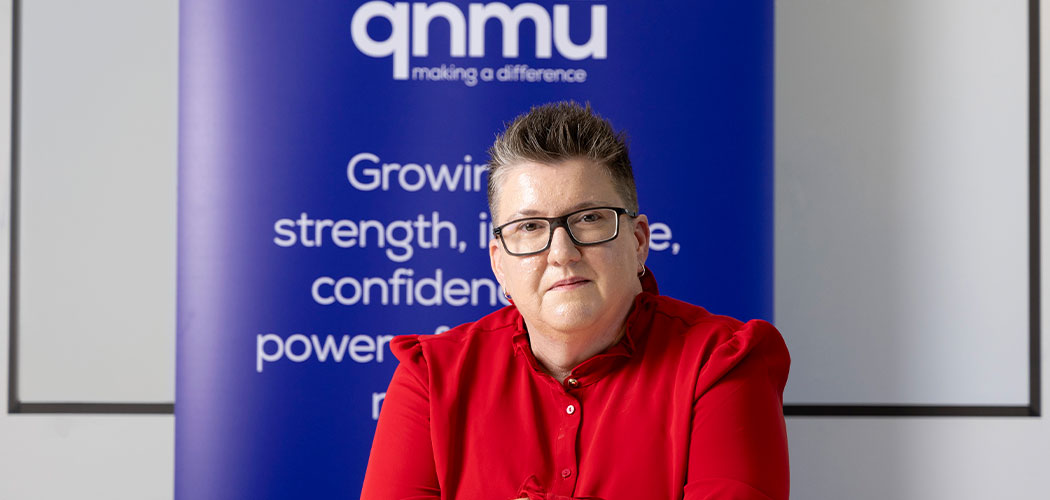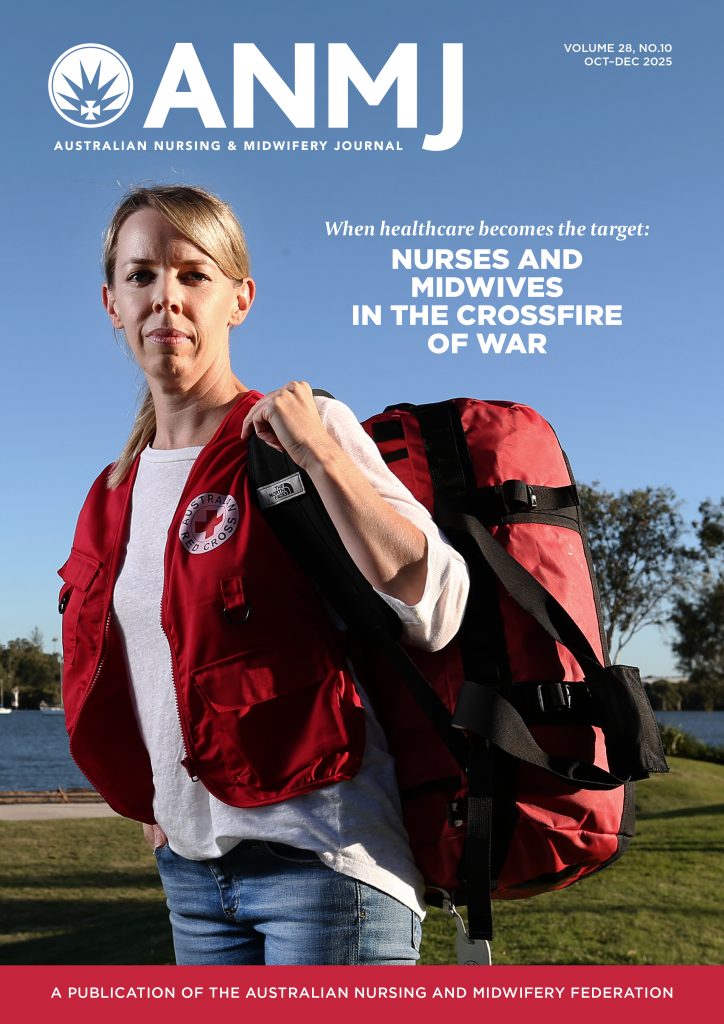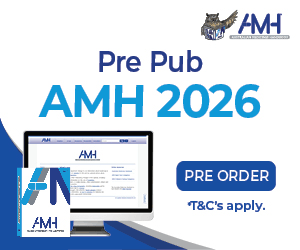Tired and burnt-out, Queensland nurses and midwives are increasingly leaving the profession in the face of a growing workforce crisis, it has been revealed, as the Queensland Nurses and Midwives’ Union (QNMU) prepares to commence enterprise bargaining negotiations with Queensland Health later this week.
The QNMU, which as 74,000 members, has received hundreds of submissions from the state’s nurses and midwives exposing widespread workforce issues. These include staff shortages, unsafe staff to patient ratios, and mounting burnout and stress.
The union will begin the first round of EBA negotiations with Queensland health later this week, seeking better wages and conditions.
“Our nurses and midwives need to be able to deliver safe, quality care,” QNMU Secretary Sarah Beaman said.
“Queensland Health must recruit and retain more nurses and midwives to be able to have a sustainable public health system.”
Ms Beaman argued that nurses and midwives have lots of solutions.
“At the end of the day it’s actually about allowing nurses and midwives to work to full scope but what we see are barriers in the system that stop that,” she said.
“We know nurse-led models of care can be part of delivering safe, high-quality care in a fiscally sensible way – it just makes sense.”
As EBA negotiations move into full swing, Ms Beaman said community focus should be on how Queensland Health is going to protect their services, their access and their right to free healthcare, particularly in rural, regional and remote areas.
While acknowledging the government had listened to the QNMU over the years, as recently as delivering on QNMU-led initiatives such as Positive Practice Environment Standards, nurse-to-patient ratios, midwife ratios and aged care ratios, there was still much work to be done.
“It’s really about care for the community, solutions that care for our patients, their families and our nurses and midwives,” Ms Beaman said.
“We are looking forward to our discussions with Queensland Health around protecting our current workforce, protecting our patients and creating a future pipeline for our health services.”








